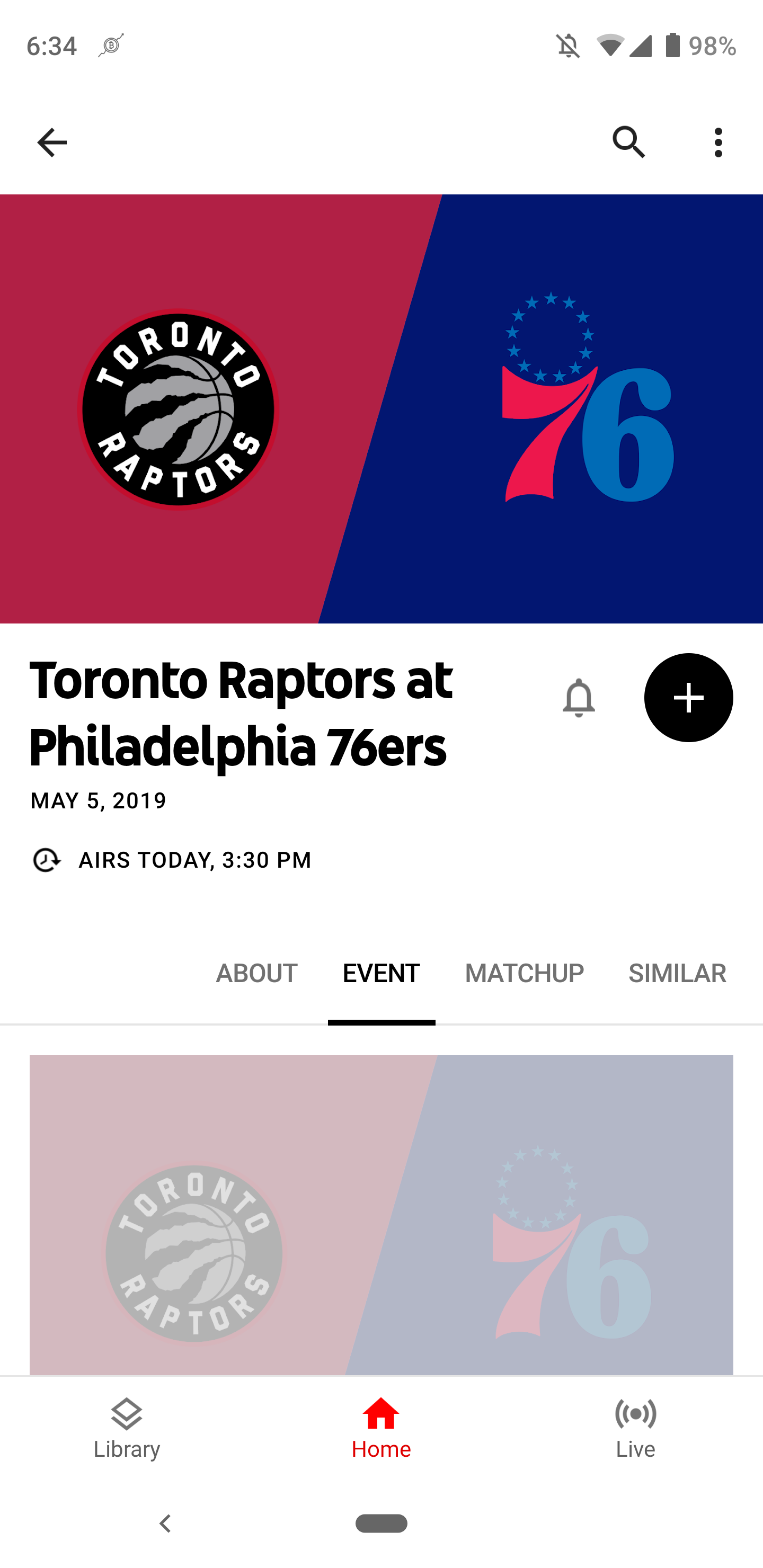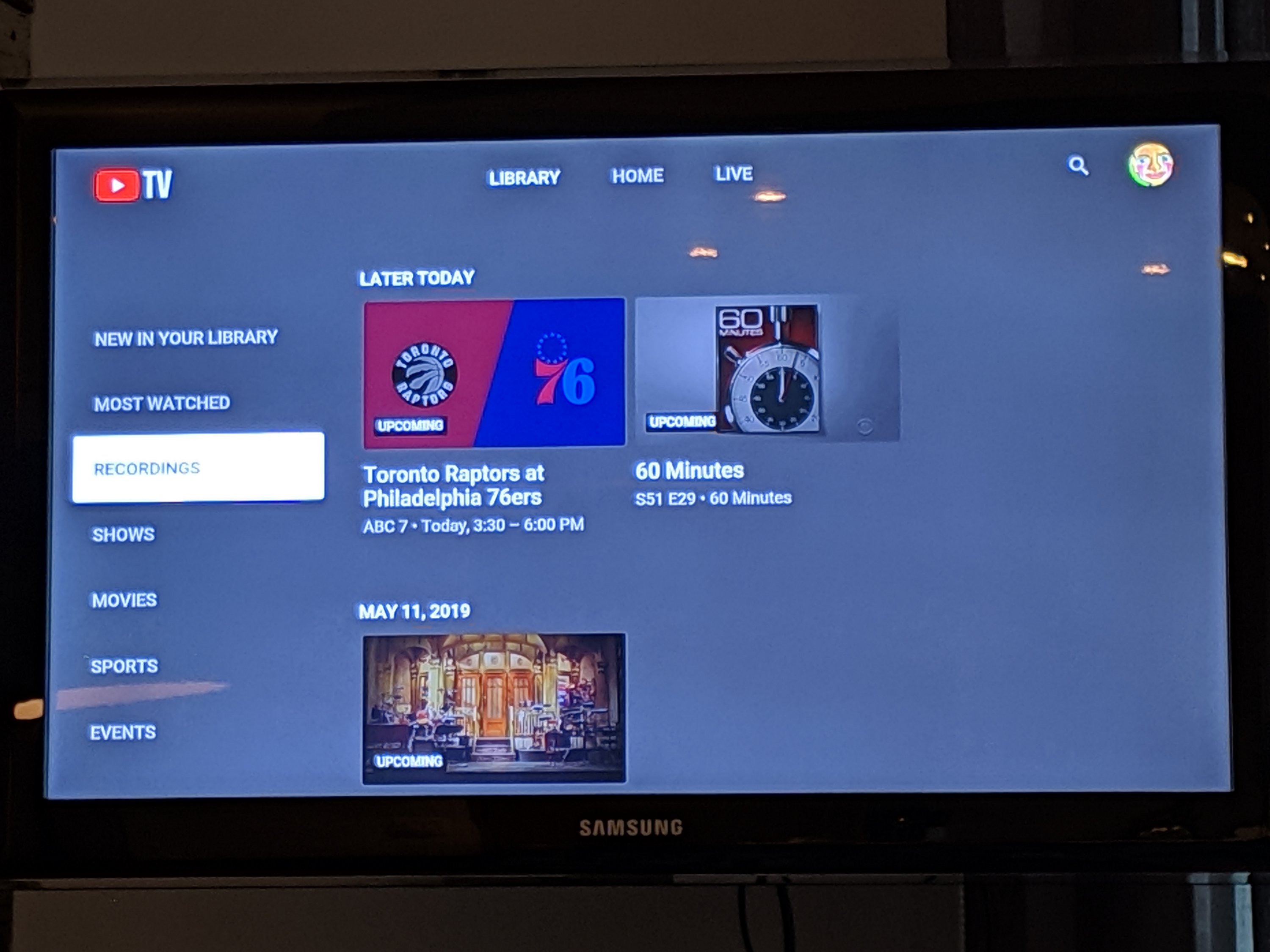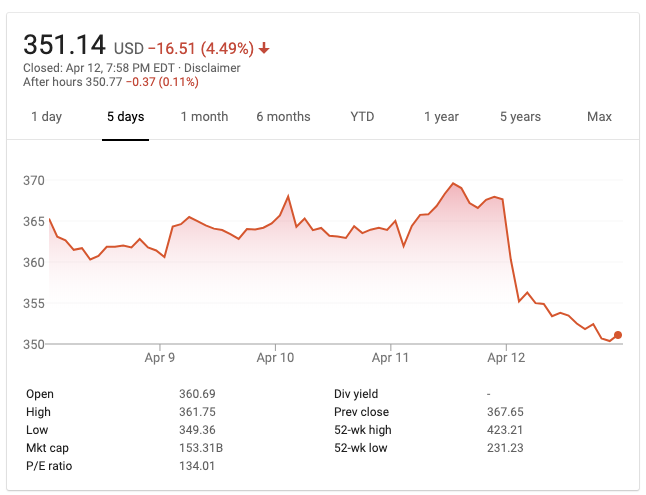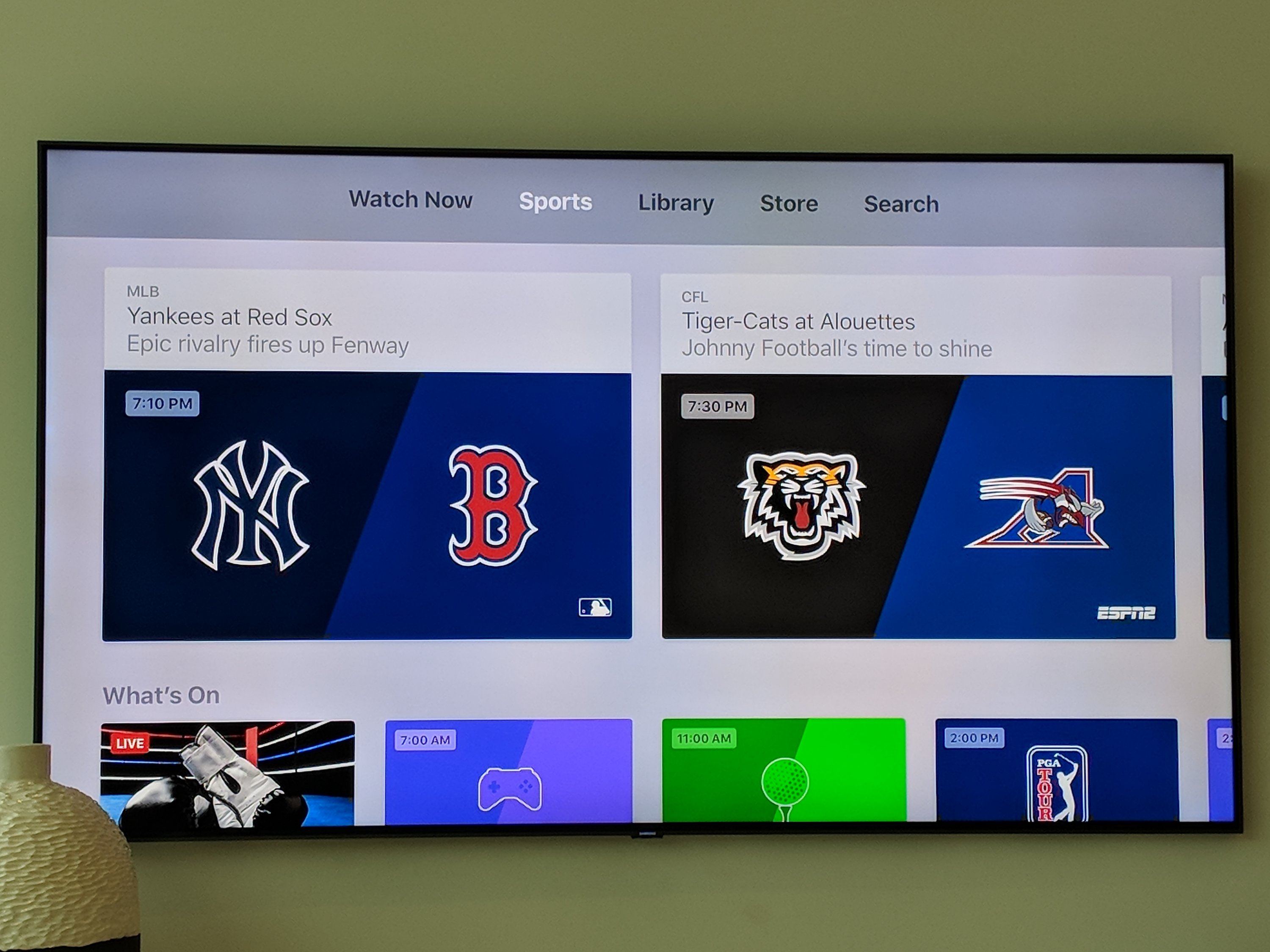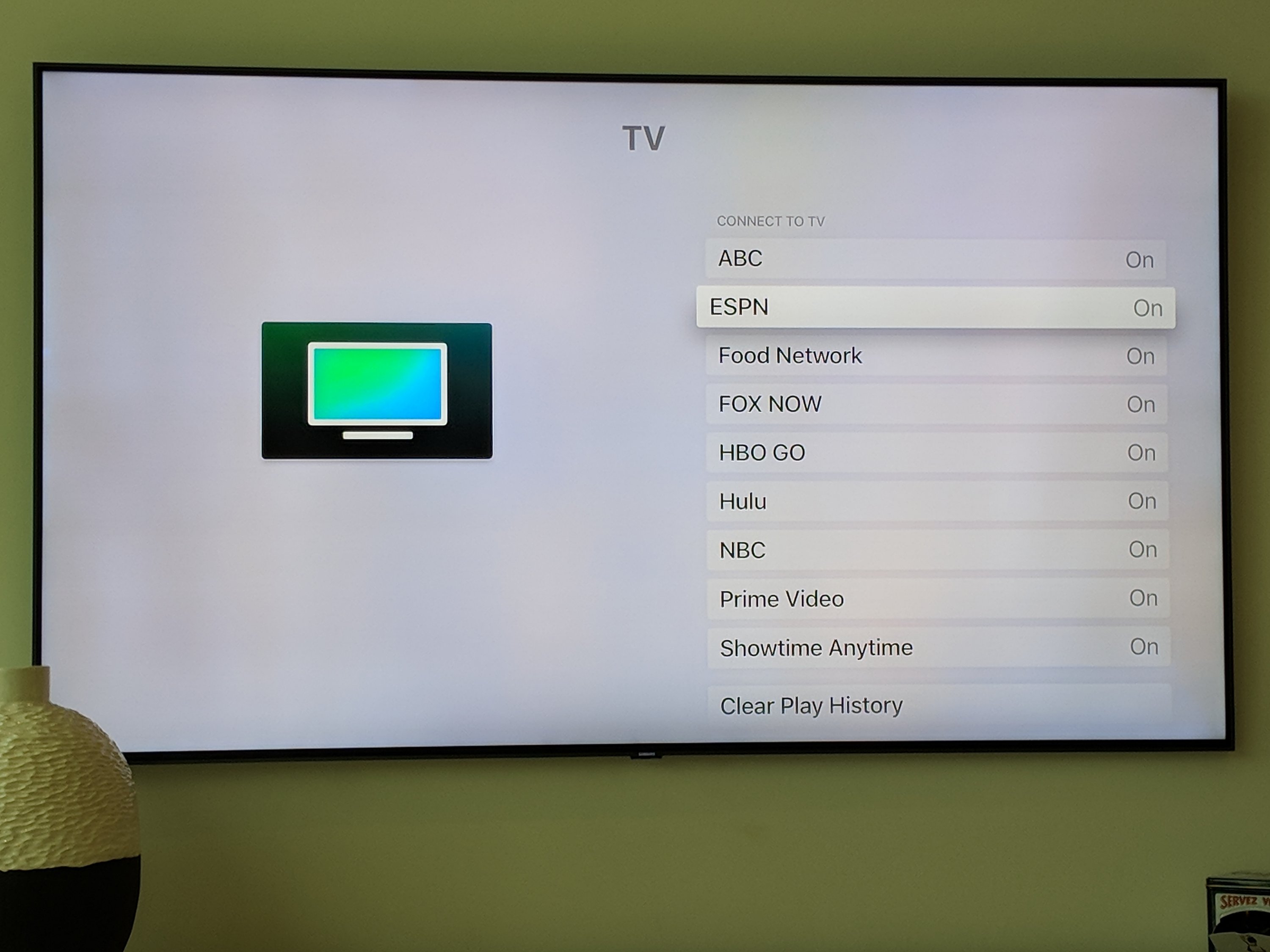I have long had an interest in determining when the video offerings available “over the top” will be sufficient so that customers will no longer need to buy video from their cable providers.
I was writing about this issue in the early days of AVC, fifteen years ago, but certainly, that was way too early for the over the top market to develop.
USV had an investment in this market, the hardware device Boxee, that missed the mark and was beaten by Roku and, most significantly, by AppleTV.
I have not written as much about this topic in recent years as my interests have been elsewhere, but I continue to pay attention to this sector.
Over the last few weeks, we have been moving into a new home where we have broadband internet and satellite television.
The broadband has been working well but we have had installation issues with the satellite.
And so we have been using our AppleTVs to watch video while we wait for the satellite to get installed.
We have yet to find something we want to watch that we could not get over AppleTV.
World Cup – yes, on the Fox app
Wimbledon – yes, on the ESPN app
Summer NBA League in Vegas – yes, on ESPN app
It helps that we have a satellite TV account that we can log into these apps with.
So while we can cut the cord, or the dish as it were, we still need to pay the legacy industry some money every month.
I have heard that the new YouTube TV offering is pretty amazing.
And I have also heard that the DirectTV app on AppleTV gives you everything you get on your dish.
I need to check out both of those things.
I also realize that many people have gone over the top in the last ten years and have not missed cable and our family is, if anything, late to making this switch.
But I like to have redundancy. The internet can go down. The dish can go down. But rarely do they go down at the same time.
But at some point, it may be better to have two internet providers and no video provider.
We may have reached that point.

